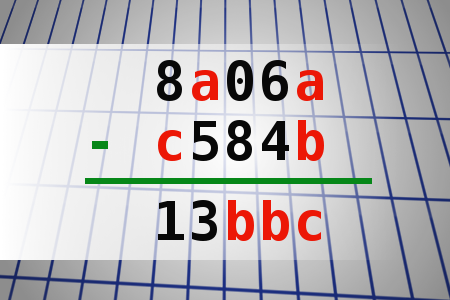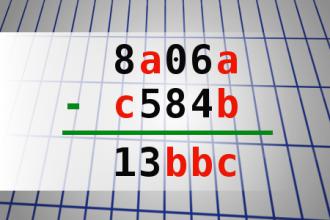Find number abc
If 8a06a - c584b = 13bbc find number abc. Multiple solutions may exist.Correct answers: 33
The first user who solved this task is Djordje Timotijevic.
#brainteasers #math

Some people are good at being in love
Some people are good at being in love. Some people are good at love. Two very different things, I think. Being in love is the romantic part—sex all the time, midday naps in the sheets, the jokes, the laughs, the fun, long conversations with no pauses, overwhelming separation anxiety… Just the best sides of both people, you know? But love begins when the excitement of being in love starts to fade: the stress of life sets in, the butterflies disappear, the sex not so often, the tears, the sadness, the arguments, the cattiness; the worst parts of both people. But if you still want that person by your side through all of those things… that’s when you know—that’s when you know you’re good at love.

